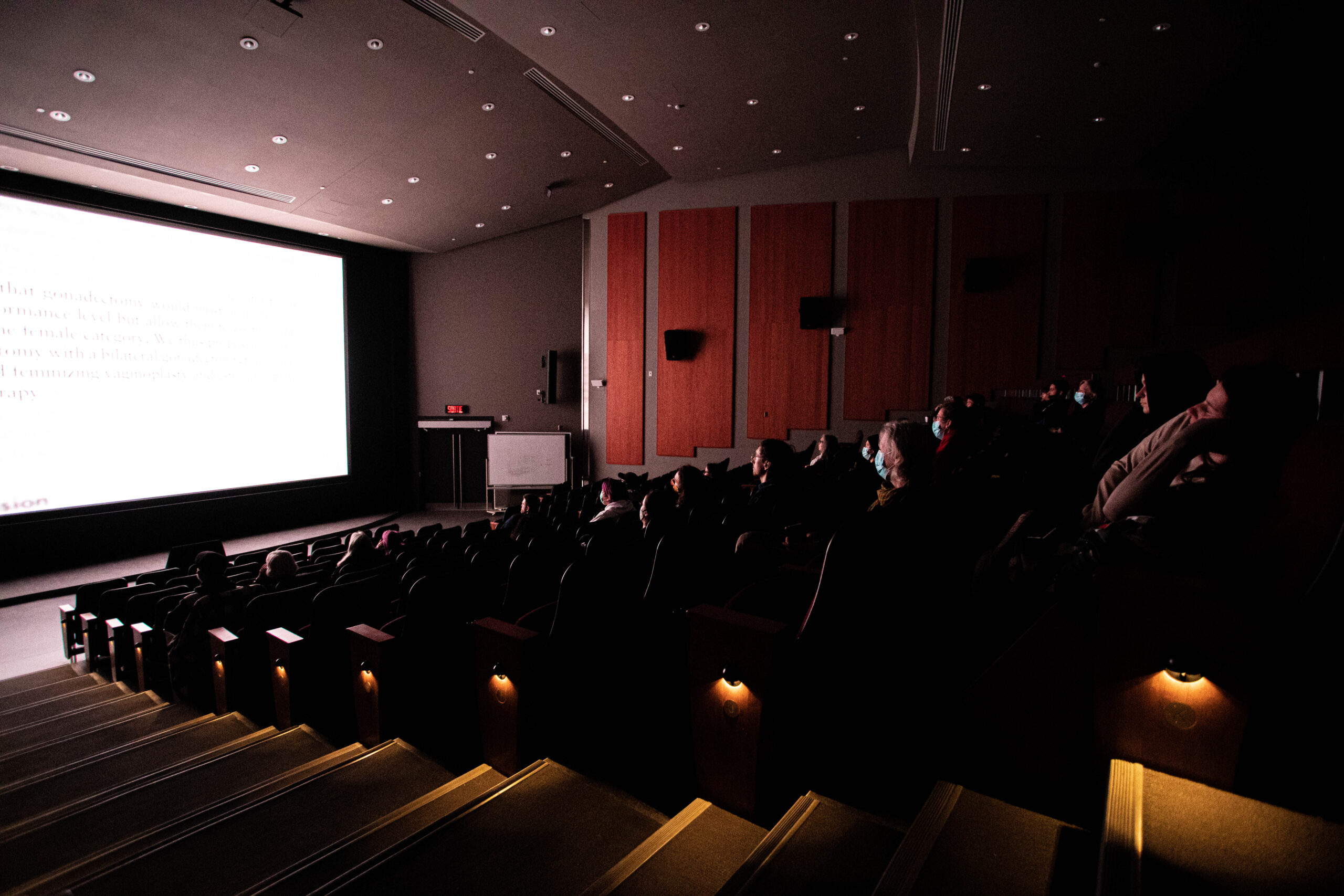Category: Woman — A film about the lived realities of women athletes deemed men because of their achievements
In coordination with four other Concordia groups, Cinema Politica organized its weekly screening of renowned political documentaries with the film Category: Woman, on Oct. 17.
The film, directed by former olympian Phyllis Ellis, relates the story of three women athletes from around the world who are condemned for their achievements: Caster Semenya from South Africa, Dutee Chand from India, and Annet Negesa from Uganda.
Surpassing other women in their categories or breaking records made them objects of an investigation into their gender. They were accused of being male and had to undergo medical examinations.
While the media put into question their gender, they were attacked from all sides.
The accused women were deemed to have a higher than “normal” testosterone level and were told they needed to medically alter their bodies to continue to compete.
“They told me it was a medical evaluation, but they did a series of tests to test my testosterone levels,” Negesa said.
Phyllis noted that “women were prohibited from competing because they wanted to create a so-called level playing field” with other women.
This is known under the name of the hyperandrogenism controversy.
While some of these athletes changed categories, others like Annet had to undergo surgery to reduce testosterone levels in order to continue to compete in their sport.
“I am a female, I was born a female, I will race as a female,” Negesa stated in the Q&A.
After beating the 200m running record, Dutee Chand’s gender was questioned. The Indian 100m racer won her case against the IAAF, now called World Athletics, questioning her gender — and thus, her performance.
Expecting to get qualified for the Commonwealth Games in 2014, Chand was actually dropped by the Athletics Federation of India, who stated that “hyperandrogenism made her ineligible to compete as a female athlete.”
The athlete appealed her case at the Court of Arbitration for Sport in Lausanne where she won, and was able to continue to compete. Her story is not that of most women threatened by the hyperandrogenism controversy.
As Phyllis noted, “Men can be celebrated as being different, but no one is asking Michael Phelps to cut off his legs, or stopping them to compete, to level the playing field.”
It has been repeatedly deemed that women who were succeeding in their domain could not be women and therefore needed to have their androgen levels tested. Several remarkable female athletes have faced exclusion from competitive sports because they had higher than the deemed normal testosterone levels in their bodies.
Through the film, we follow Negesa’s story from getting accused of being male, to having to undergo surgery.
Negesa is the first person in the world to come forward with her story. She started the Q&A by stating, “I was a victim of the IAAF regulations.” She said this with intense resentment, as she went on to explain her story.
“It demolished everything I was working for.”
She’s now in Berlin seeking asylum because she receives death threats in her home country of Uganda based on questions of her gender.
Phyllis ends the film on a note of resistance: “They want to protect women, we don’t need protection.”
